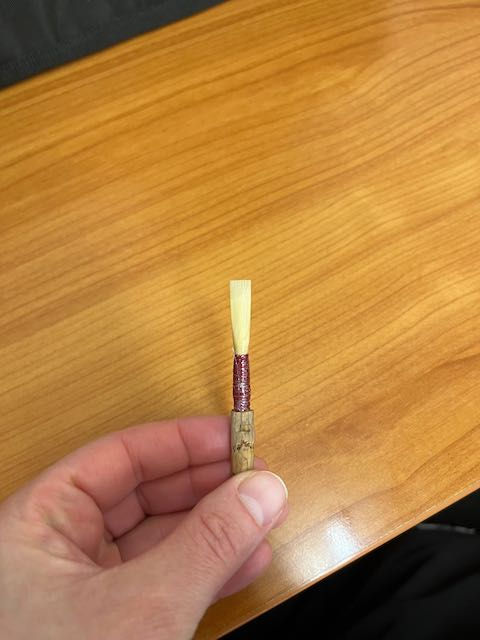3 new ways to spice up your warm up
- agessneroboe
- Feb 29, 2024
- 3 min read
We know that our warm up time at the beginning of a practice session is super important because it reinforces fundamental skills of playing. But you don’t have to play the same long tones day after day, and you can take a break from your routine scale study without sacrificing your technical skills. That’s why I have 3 ideas for you to try in your warm up!
Key signature randomization
In my studio, we often spend a week or two studying just one key and mastering that scale. But you don’t have to do it that way! As long as you don’t constantly avoid the trickier scales, it’s totally fine to randomize the order in which you practice your scales during the week.
Here are a few ideas:
Assign each key a number and use a random number generator to put them in a random order, then play 2-4 of those scales each day.
Choose one musical letter per day and play the corresponding major and minor scales. Not only will this get you thinking in major and parallel minors, but you’ll have to figure out the key signature for the minor scales and remember the differences between the 3 forms of minor scales.
Different kinds of scale patterns
You know I’m not going to suggest that you skip your scale practice altogether, but you don’t need to play a typical every-note-in-order scale every day. You can get creative to make up some different scale patterns to try. Here are some of my favorite patterns:
Scales in thirds - you can play these two ways: 1. your first interval ascends or 2. Your first interval descends. If this is confusing, write it out for yourself, or use your favorite scale book.
Scales in larger intervals (4th, 5th, 6th, 7th…)
Scale patterns that ascend and descend, for example:

Creative Drone Time!
I’ve written many times on the subject of using drones in practice to help train your ear and play more in tune with what you hear. Drone use doesn’t have to be static and boring, though. You can use drones to make your tuning time interesting!
Improvise over the drone, thinking of the drone note as the tonic of the key you’re playing in. If this is your first time improvising, try to start and end your improvisation on the tonic note. Make up the most beautiful melody, trying to stay within the key you’re playing.
Set the drone on the 3rd or 5th of a triad and practice playing through that triad, landing on different scale degrees and playing in tune with what you hear. (Reminder: in a major triad, the 3rd gets lowered and the 5th gets raised)
Try some articulation exercises over a drone, noticing if your pitch center stays consistent or changes over time. This can illuminate problems with jaw tension/head position falling forward in articulated passages.
Most of all…keep your attention engaged.
A focused, engaged, and thoughtful practice session is an effective practice session. As long as you’re interested in what you’re playing, you’re going to improve something.
If you found this post helpful, you might enjoy my weekly Newsletter Oboe 101 which addresses fundamental experiences of oboists! I suggest exercises, provide worksheets and other bonuses not available on the blog there. Join the list today so you don't miss next week's subscriber-only content!




Comments